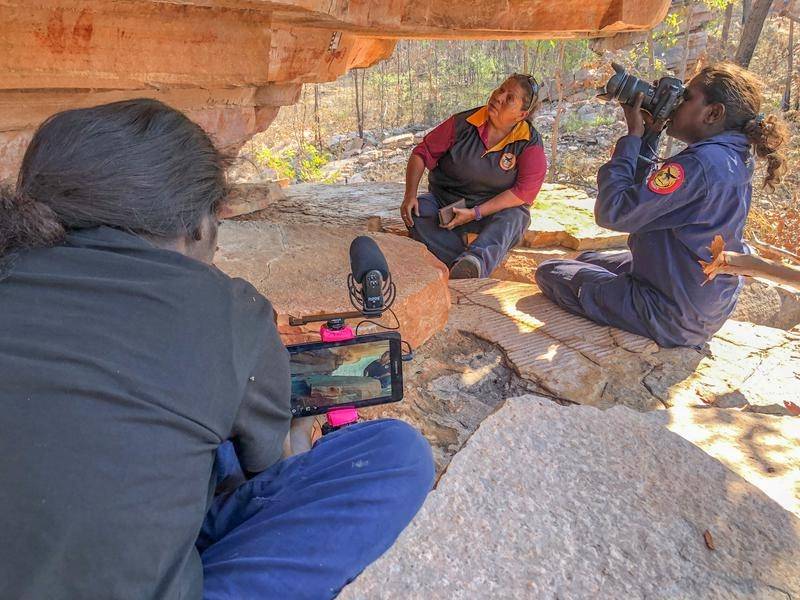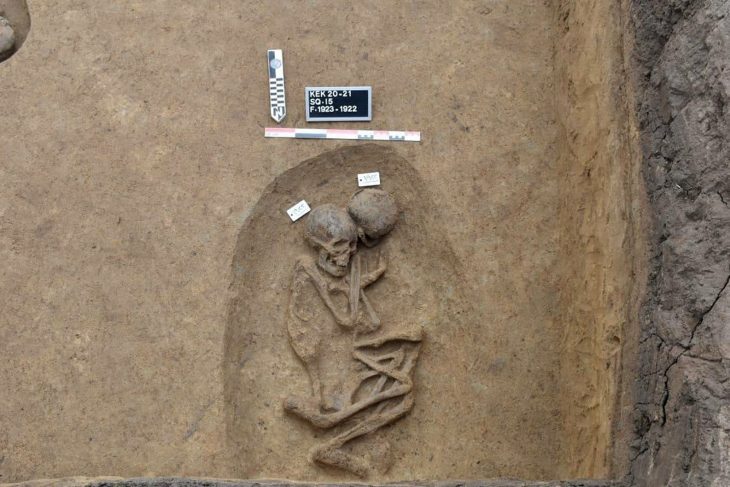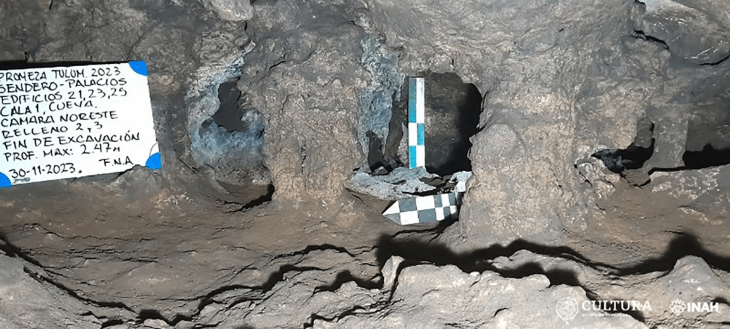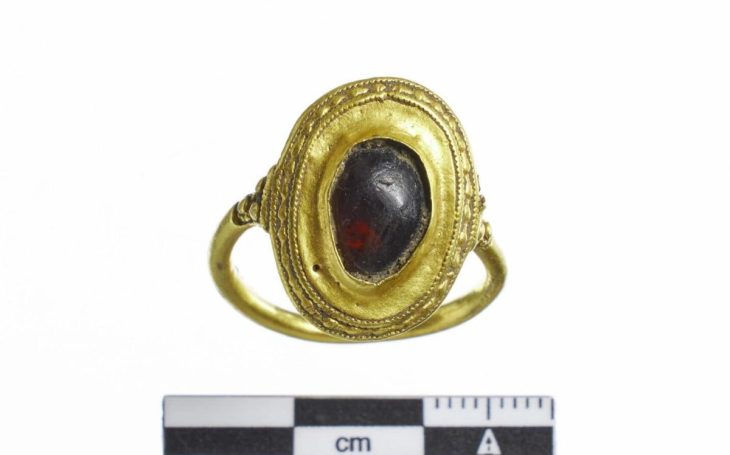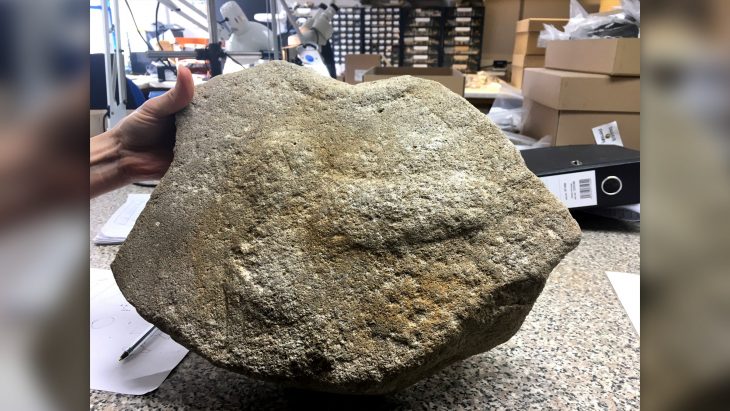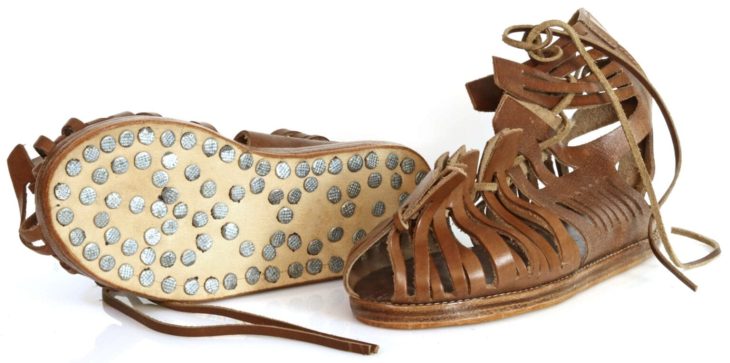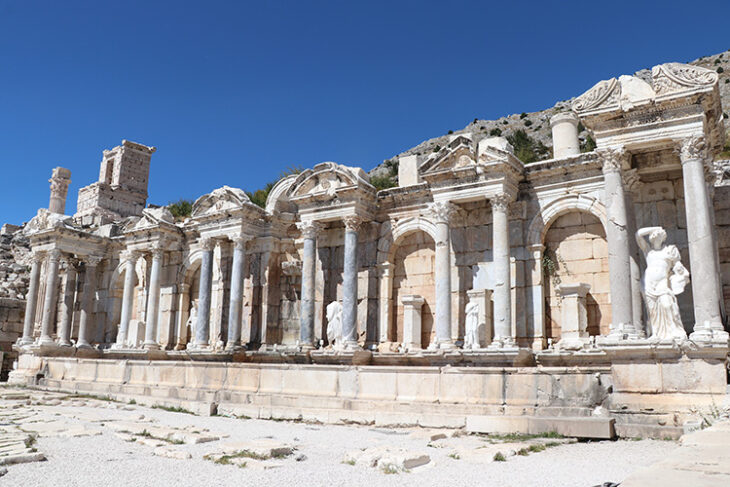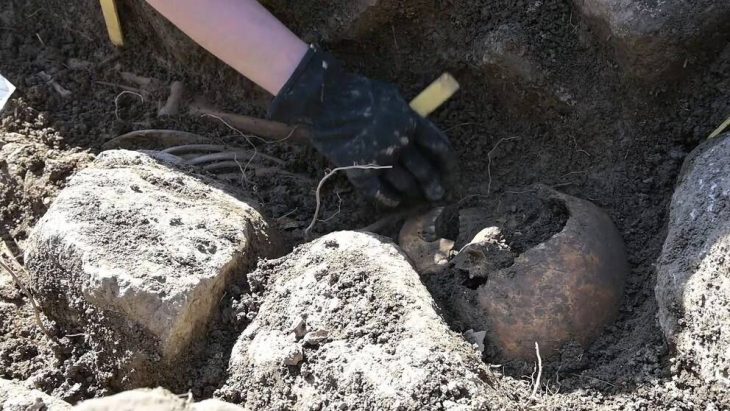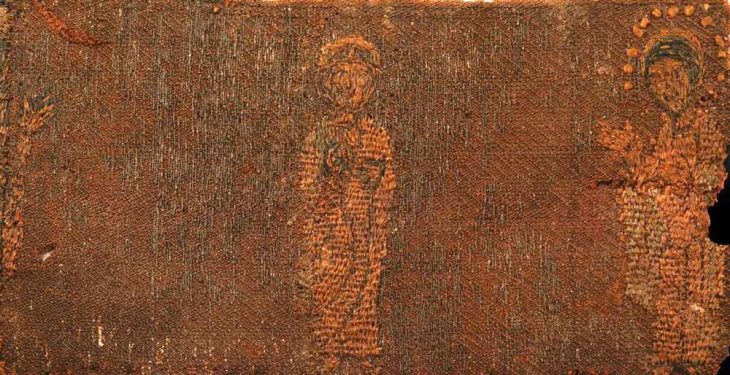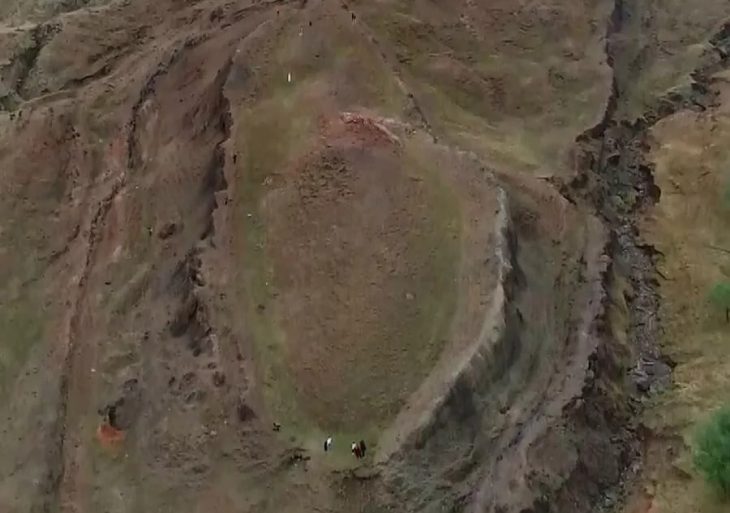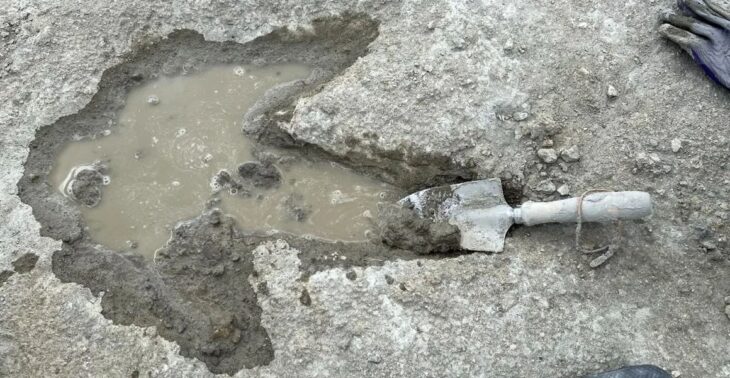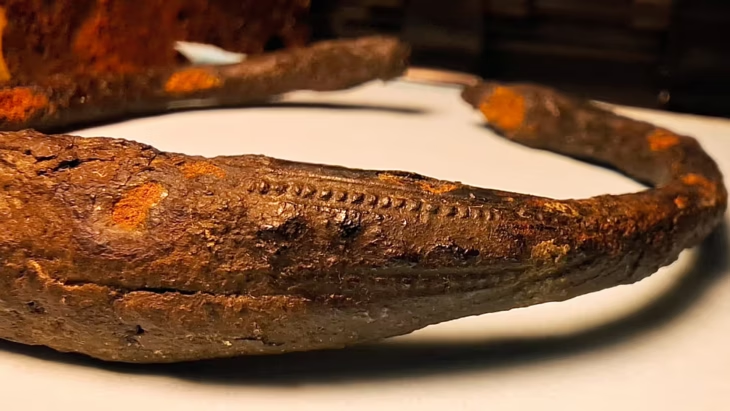Rock art is the oldest surviving human art form. Throughout Australia, petroglyphs are part of the life and customs of aboriginal people. Petroglyphs (rock engravings) and pictographs (drawings) are an important part of rock art.
Rock art has changed and evolved over thousands of years. It is not that easy to follow this development.
For this reason, scientists use artificial intelligence to study ancient Australian rock art to learn how Aboriginal artists’ styles have evolved over thousands of years.
The painted patterns are not only weathered but are usually located in remote areas that can only be reached directly by helicopters, which makes long-term field research difficult. It is hoped that this technology similar to facial recognition software will eventually help archaeologists identify individual artists.
“We’ve been working in Arnhem Land where there are lots of different styles of human figures,” Flinders University archaeologist Daryl Wesley told AAP on Wednesday.
📣 Our WhatsApp channel is now LIVE! Stay up-to-date with the latest news and updates, just click here to follow us on WhatsApp and never miss a thing!!
“So we thought let’s see if a machine can help group these by styles that we know exists and is well defined.”
Dr. Wesley said that programmers trained the software with millions of images to be able to determine the differences between aging patterns. These works have a history of 5,000 to 15,000 years, and usually only have small changes, making it difficult for experts to classify and understand them.
“It was remarkable. It not only separated them but ordered them in chronological order. It was a revelation,” he said.
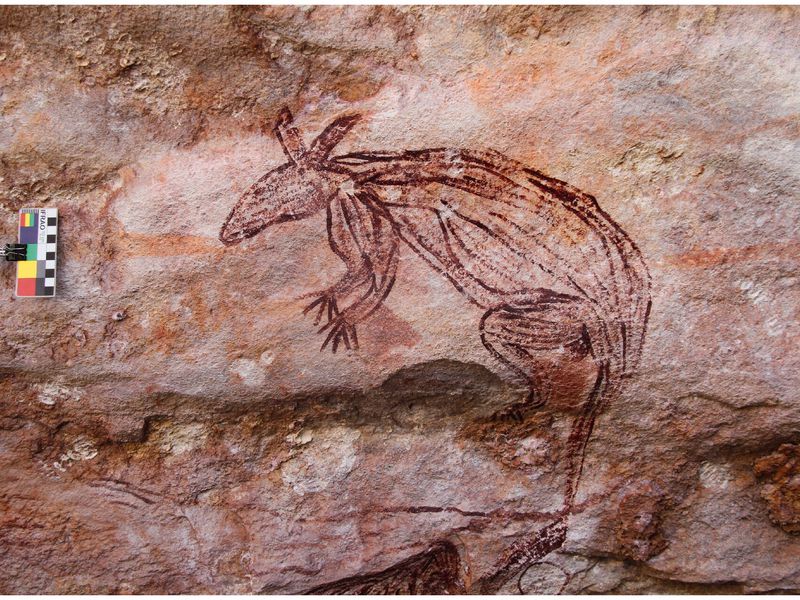
“We think there are a lot of applications. I’m interested in using it to tell the difference between species of macropods – kangaroos and wallabies.”
Dr. Wesley and his team worked with the Mimal and Marrku people of the Northern Territory’s Wilton River area.
“We do this work with traditional owners who bring traditional ecological knowledge, but sometimes animals are hard to figure out because all macropods look a bit like kangaroos,” he said.
“So we have a lot of trouble determining species.”
Dr Wesley said it was the first time artificial intelligence had been applied to rock art to help researchers categorize works.
“It’s a far more accurate and a less biased way to identify works because we bring our own preconceptions to them,” he said.
“We hope it will eventually help identify individual artists and new styles of painting as it gets more sophisticated.”
The software analyses hundreds of different points or components on each rock art photo and compares them for differences with other photos.
“We’re using a computer program to show how unique the rock art is in the Wilton River and how it relates to the rock art in other parts of Arnhem Land,” Dr. Wesley said.
The study was published in Australian Archaeology.
Australian Associated Press

